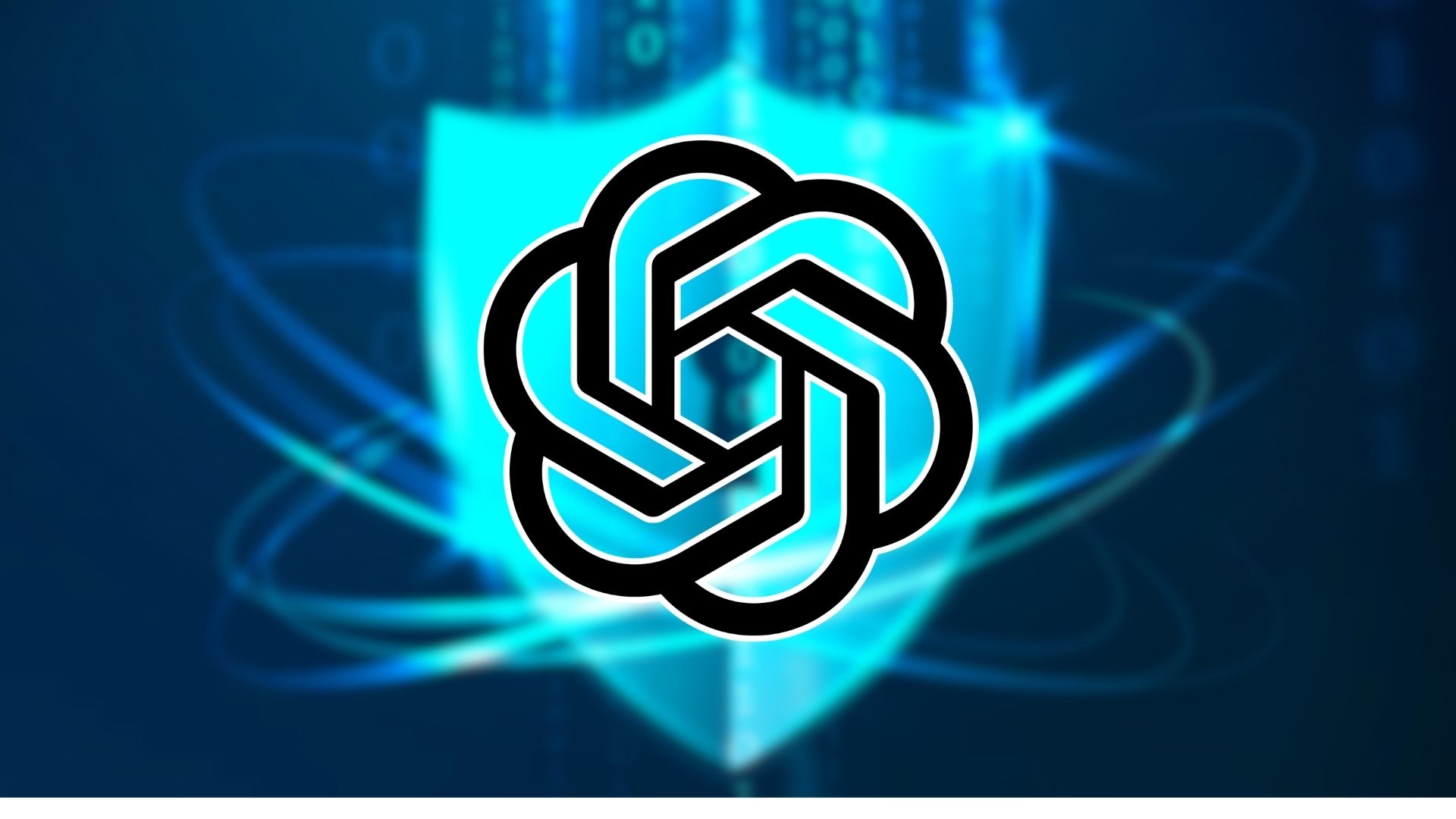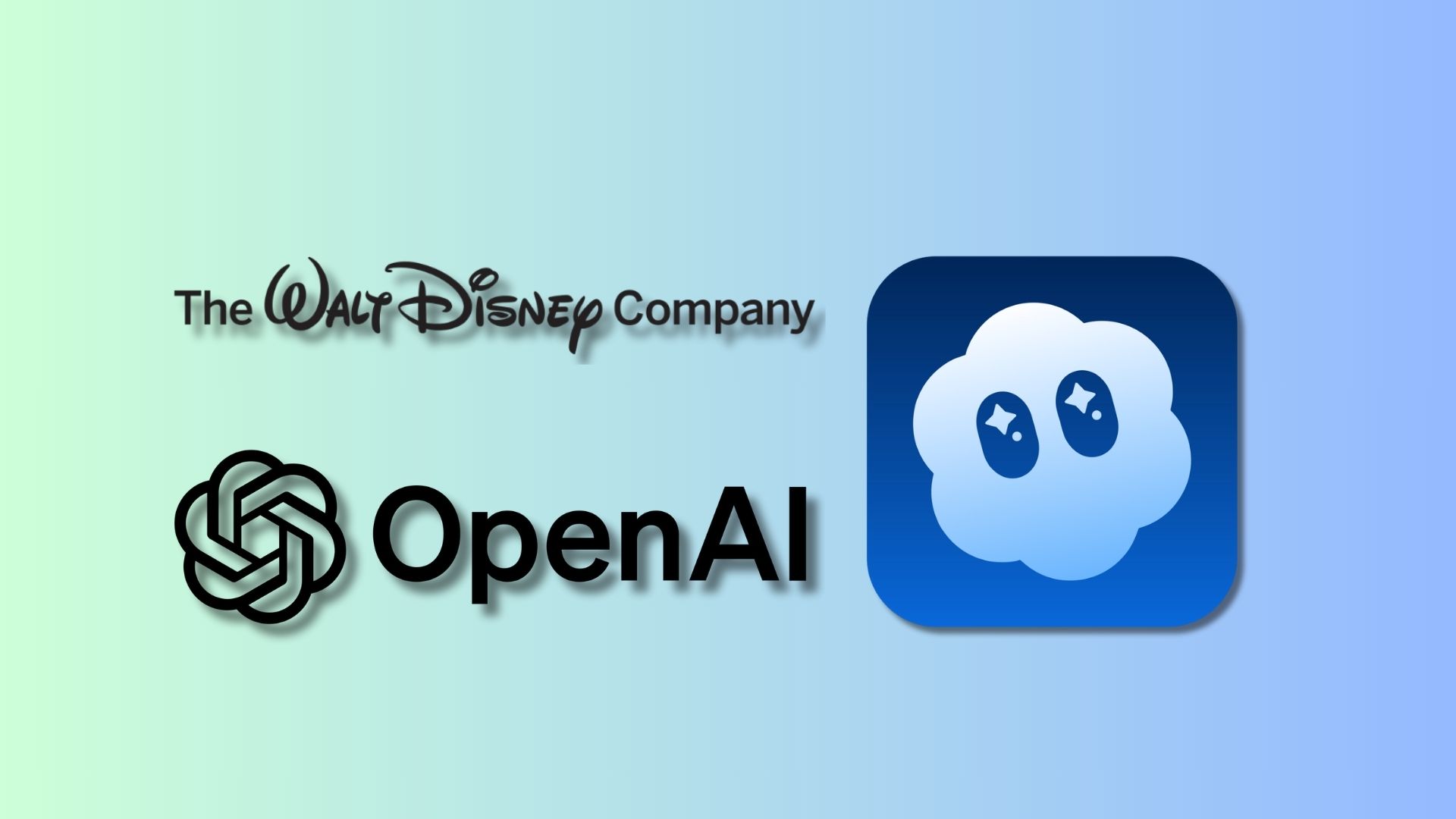A new vision for Humanitarian AI is emerging around a simple idea, and that is that technology should grow from local knowledge if it is to work everywhere. Drawing on the IFRC’s slogan ‘Local, everywhere,’ this approach argues that AI should not be driven by hype or raw computing power, but by the lived experience of communities and humanitarian workers on the ground. With millions of volunteers and staff worldwide, the Red Cross and Red Crescent Movement holds a vast reservoir of practical knowledge that AI can help preserve, organise, and share for more effective crisis response.
In a recent blog post, Jovan Kurbalija explains that this bottom-up approach is not only practical but also ethically sound. AI systems grounded in local humanitarian knowledge can better reflect cultural and social contexts, reduce bias and misinformation, and strengthen trust by being governed by humanitarian organisations rather than opaque commercial platforms. Trust, he argues, lies in people and institutions behind the technology, not in algorithms themselves.
Kurbalija also notes that developing such AI is technically and financially realistic. Open-source models, mobile and edge computing, and domain-specific AI tools enable the deployment to functional systems even in low-resource environments. Most humanitarian tasks, from decision support to translation or volunteer guidance, do not require massive infrastructure, but high-quality, well-structured knowledge rooted in real-world experience.
If developed carefully, Humanitarian AI could also support the IFRC’s broader renewal goals, from strengthening local accountability and collaboration to safeguarding independence and humanitarian principles. Starting with small pilot projects and scaling up gradually, the Movement could transform AI into a shared public good that not only enhances responses to today’s crises but also preserves critical knowledge for future generations.
Would you like to learn more about AI, tech and digital diplomacy? If so, ask our Diplo chatbot!









